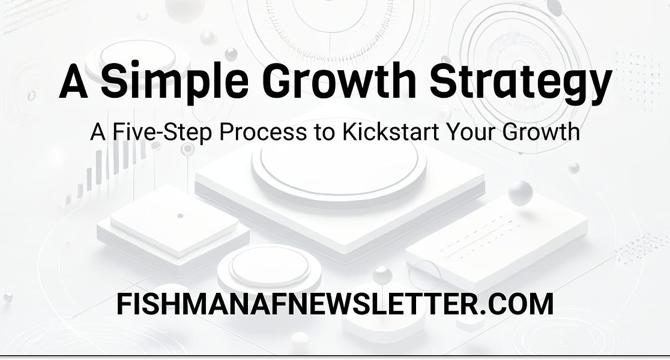The FishmanAF Newsletter
12M
171

Image Credit: The FishmanAF Newsletter
A Simple Growth Strategy
- Adam, the author of this newsletter provides a five-step growth strategy process that includes identifying your North Star Metric and the subsequent input metrics that drive them.
- He himself recommends picking three NSMs including a retention-based metric, an engagement-based metric, and a monetization-based metric, instead of one NSM to capture the nuance of complex businesses.
- The next step involves mapping your learnings which means collecting and analyzing experiment results, research, customer conversations, metrics, and trends to understand the impact of these inputs on your outputs.
- The author suggests identifying themes, deep-diving into insights and works around a comparative analysis while leveraging an LLM to simplify the process.
- Once you have your organized insights, the process of leveraging them allows identifying which growth loops would benefit by acting on these insights and creating a list of opportunities.
- The author suggests working on prioritization methodology such as RICE, DRICE, Effort vs. Return 2x2, among others, in a spreadsheet to stack rank sized opportunities.
- Finally, the execution begins with the backlog building, where a breakdown of sequenced opportunities into their component parts is made to create a backlog of experiments designed to test the hypotheses contained within.
- The author suggests using experiment docs and prioritizing low-risk experiments first, allowing an optimization of the product experience or feature while identifying gaps in your knowledge.
- Following the aforementioned process allows for the creation of a straightforward growth strategy quickly.
- It eventually facilitates companies in identifying gaps in their knowledge leading to creating a structured backlog of changes and experiments.
Read Full Article
9 Likes
For uninterrupted reading, download the app